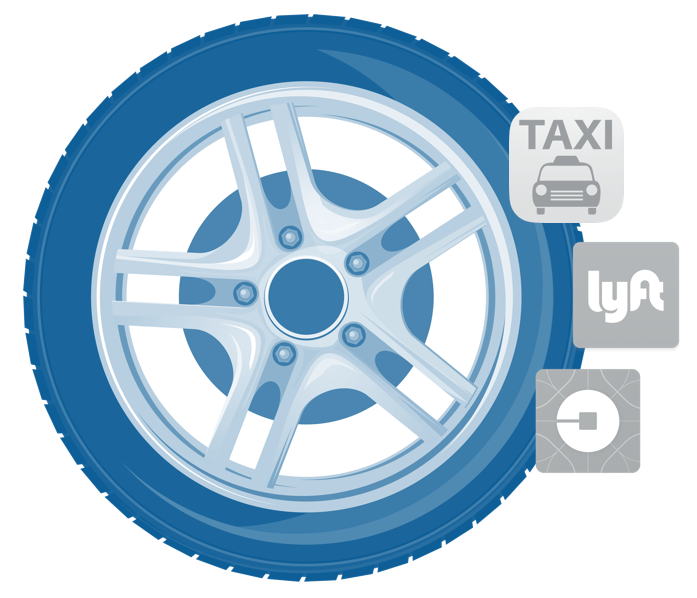[fusion_builder_container hundred_percent=”no” equal_height_columns=”no” menu_anchor=”” hide_on_mobile=”small-visibility,medium-visibility,large-visibility” class=”” id=”” background_color=”” background_image=”” background_position=”center center” background_repeat=”no-repeat” fade=”no” background_parallax=”none” parallax_speed=”0.3″ video_mp4=”” video_webm=”” video_ogv=”” video_url=”” video_aspect_ratio=”16:9″ video_loop=”yes” video_mute=”yes” overlay_color=”” video_preview_image=”” border_size=”” border_color=”” border_style=”solid” padding_top=”” padding_bottom=”” padding_left=”” padding_right=””][fusion_builder_row][fusion_builder_column type=”1_1″ layout=”1_1″ background_position=”left top” background_color=”” border_size=”” border_color=”” border_style=”solid” border_position=”all” spacing=”yes” background_image=”” background_repeat=”no-repeat” padding_top=”” padding_right=”” padding_bottom=”” padding_left=”” margin_top=”0px” margin_bottom=”0px” class=”” id=”” animation_type=”” animation_speed=”0.3″ animation_direction=”left” hide_on_mobile=”small-visibility,medium-visibility,large-visibility” center_content=”no” last=”no” min_height=”” hover_type=”none” link=””][fusion_text columns=”” column_min_width=”” column_spacing=”” rule_style=”default” rule_size=”” rule_color=”” hide_pop_tinymce=”” class=”” id=””][fusion_text]
Ridehail services such as Uber and Lyft have revolutionized how people access cars. But research into where they travel and who they serve has been limited.
For the past three years, ITS doctoral student Anne E. Brown worked to fill that gap in research by conducting a first-of-its-kind analysis of ridehail travel patterns, equity, and rider discrimination. Her dissertation has now been accepted and published, providing a groundbreaking look at ridehail use in Los Angeles.
The newly minted Dr. Brown is the first scholar in the nation to access Lyft’s trip-level data — data that is not available to policymakers or the public — and analyzed rider travel and use patterns from more than 6.3 million trips taken in LA in 2016. She also conducted LA’s first audit study of Lyft, Uber, and taxi services, based on more than 1,700 rides, to measure how wait times and ride request cancellations varied across races, ethnicities, and genders. Her main findings include:
Discrimination in the taxi industry results in higher cancellation rates and longer wait times for black riders. While taxi service overall was remarkably poor — 10 percent of taxis did not arrive within one hour — it was worst for black riders. Black riders were 73 percent more likely to have a driver cancel on them compared to white riders, and taxi cancellations caused one in four black riders to never reach their destination. Black riders also waited 52 percent longer for their taxi to arrive, or between 6 and 15 minutes, than white riders.
By contrast, Lyft and Uber nearly eliminate the racial differences in service. On both services, a black rider had about a 4 percent higher likelihood of being cancelled than a white rider. But 99.7 percent of Lyft and Uber riders reached their destination even if one driver cancelled a trip. While unlawful discrimination from taxi drivers prevent many black riders from completing a trip, driver biases on Uber and Lyft result in delayed, but not denied, mobility. And policy changes for ridehail apps — such as tracking driver cancellation behavior, permitting riders to use pseudonyms, and changing at what point in the pickup process drivers learn a rider’s name or race — could help erase the racial gap almost entirely.
Lyft is essentially omnipresent across LA, and most riders use the service only occasionally. The Lyft travel data showed no evidence that any Los Angeles neighborhoods are excluded from service based on the characteristics of their residents. Indeed, during the study period Lyft reached neighborhoods occupied by 99.8 percent of LA County’s population. For most users, ridehailing fills an occasional rather than regular travel need, and a small share of users make the majority of trips. While 40 percent of users made less than one trip per month, another 10 percent of users completed more than half of all Lyft trips to, from, or within the county.
Lyft may improve auto-mobility for residents of lower-income neighborhoods. There was a strong association between Lyft use and lower rates of vehicle ownership in a neighborhood. The shared, more affordable Lyft Line service made up 29 percent of all Lyft trips in LA County, with people living in low-income neighborhoods comprising a higher share of Lyft Line rides. But Lyft use was lower than average in majority Asian and Hispanic neighborhoods, suggesting either that car access is already being met through carpooling or informal services, or that barriers such as lower smartphone, data plan, or banking access inhibit ridehail use.
Dr. Brown’s findings have clear policy implications for both the private operators of ridehail companies, who can take steps to further reduce discrimination against riders, and public officials, who must determine how to integrate ridehailing into mobility planning and better regulate discriminatory practices in the taxi industry.
Watch Dr. Brown’s presentation on her research as part of the ITS Spring 2018 speaker series.
[/fusion_text][fusion_button link=”https://escholarship.org/uc/item/4r22m57k” text_transform=”” title=”” target=”_blank” link_attributes=”” alignment=”” modal=”” hide_on_mobile=”small-visibility,medium-visibility,large-visibility” class=”” id=”” color=”default” button_gradient_top_color=”” button_gradient_bottom_color=”” button_gradient_top_color_hover=”” button_gradient_bottom_color_hover=”” accent_color=”” accent_hover_color=”” type=”” bevel_color=”” border_width=”” border_radius=”” border_color=”” border_hover_color=”” size=”” stretch=”default” icon=”” icon_position=”left” icon_divider=”no” animation_type=”” animation_direction=”left” animation_speed=”0.3″ animation_offset=””]Full Dissertation[/fusion_button][fusion_separator style_type=”none” hide_on_mobile=”small-visibility,medium-visibility,large-visibility” class=”” id=”” sep_color=”” top_margin=”5″ bottom_margin=”5″ border_size=”” icon=”” icon_size=”” icon_circle=”” icon_circle_color=”” width=”” alignment=”center” /][fusion_button link=”https://escholarship.org/uc/item/3k9018wk” text_transform=”” title=”” target=”_blank” link_attributes=”” alignment=”” modal=”” hide_on_mobile=”small-visibility,medium-visibility,large-visibility” class=”” id=”” color=”default” button_gradient_top_color=”” button_gradient_bottom_color=”” button_gradient_top_color_hover=”” button_gradient_bottom_color_hover=”” accent_color=”” accent_hover_color=”” type=”” bevel_color=”” border_width=”” border_radius=”” border_color=”” border_hover_color=”” size=”” stretch=”default” icon=”” icon_position=”left” icon_divider=”no” animation_type=”” animation_direction=”left” animation_speed=”0.3″ animation_offset=””]Policy Brief: Discrimination in Ridehail and Taxi Services[/fusion_button][fusion_separator style_type=”none” hide_on_mobile=”small-visibility,medium-visibility,large-visibility” class=”” id=”” sep_color=”” top_margin=”5″ bottom_margin=”5″ border_size=”” icon=”” icon_size=”” icon_circle=”” icon_circle_color=”” width=”” alignment=”center” /][fusion_button link=”https://escholarship.org/uc/item/88j0754b” text_transform=”” title=”” target=”_self” link_attributes=”” alignment=”” modal=”” hide_on_mobile=”small-visibility,medium-visibility,large-visibility” class=”” id=”” color=”default” button_gradient_top_color=”” button_gradient_bottom_color=”” button_gradient_top_color_hover=”” button_gradient_bottom_color_hover=”” accent_color=”” accent_hover_color=”” type=”” bevel_color=”” border_width=”” border_radius=”” border_color=”” border_hover_color=”” size=”” stretch=”default” icon=”” icon_position=”left” icon_divider=”no” animation_type=”” animation_direction=”left” animation_speed=”0.3″ animation_offset=””]Policy Brief: Ridehail Travel & Use in Los Angeles[/fusion_button][/fusion_builder_column][/fusion_builder_row][/fusion_builder_container][fusion_builder_container hundred_percent=”no” equal_height_columns=”no” menu_anchor=”” hide_on_mobile=”small-visibility,medium-visibility,large-visibility” class=”” id=”” background_color=”” background_image=”” background_position=”center center” background_repeat=”no-repeat” fade=”no” background_parallax=”none” parallax_speed=”0.3″ video_mp4=”” video_webm=”” video_ogv=”” video_url=”” video_aspect_ratio=”16:9″ video_loop=”yes” video_mute=”yes” overlay_color=”” video_preview_image=”” border_size=”” border_color=”” border_style=”solid” padding_top=”” padding_bottom=”” padding_left=”” padding_right=””][/fusion_builder_container]
